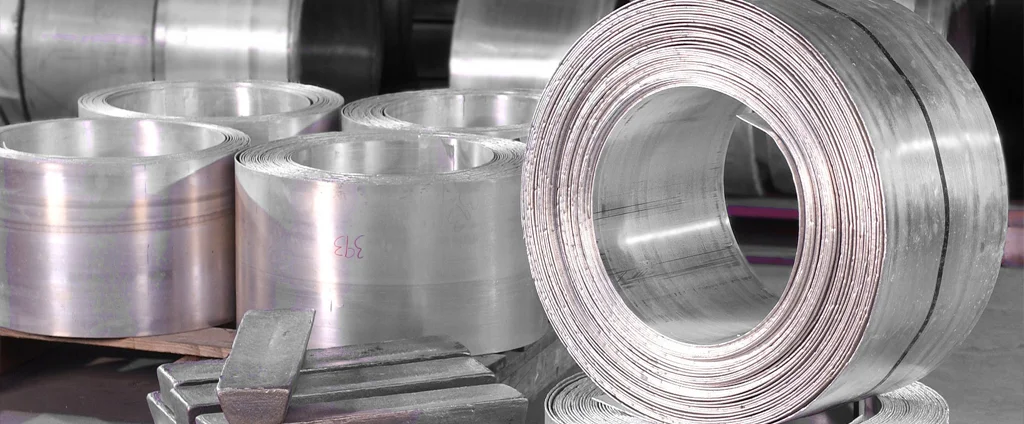Magnesium ZC71-T5 (UNS M16710)

Magnesium ZC71-T5 is a high-performance magnesium alloy recognized for its outstanding strength-to-weight ratio, corrosion resistance, and machinability. These characteristics make it a preferred material in weight-sensitive applications across aerospace, automotive, and other high-tech industries.
| Chemical Composition | ||
|---|---|---|
| Element | Min | Max |
| Magnesium | 90.0% | 92.5% |
| Copper | 1.0% | 1.5% |
| Manganese | 0.5% | 1.0% |
| Nickel | —— | 0.01% |
| Silicon | —— | 0.2% |
| Zinc | 6.0% | 7.0% |
| Residuals | —— | 0.3% |
The following table provides a list of magnesium ZC71-T5 properties in both SI and US customary/Imperial units.
Click on the button to switch between Metric and Imperial units.
| Physical Properties | Metric |
|---|---|
| Density | 1830 kg/m3 |
| Mechanical Properties | Metric |
| Tensile Strength (Ultimate) | 300 MPa |
| Tensile Strength (Yield) | 240 MPa |
| Young’s Modulus (E) | 44.2 GPa |
| Shear Modulus (G) | 17 GPa |
| Elongation at Break in 50 mm | 8% |
| Poisson’s Ratio (ν) | 0.30 |
| Thermal Properties | Metric |
| Melting Point | 455 - 635 °C |
| Solidus | 455 °C |
| Liquidus | 635 °C |
| Thermal Conductivity | 122 W/m·K |
| Specific Heat Capacity (Cp) Typical value for Mg alloys | 1.00 J/g·°C |
| Electrical Properties | Metric |
| Electrical Resistivity | 5.40×10-6 Ω·cm |
The values in this table are approximate and can vary depending on various factors such as the specific manufacturing process and heat treatment applied to the alloy.
Advantages & Disadvantages of Magnesium ZC71-T5
| Advantages | Disadvantages |
|---|---|
| Lightweight | Corrosion prone |
| High strength | Poor thermal conductivity |
| Good machinability | Low melting point |
| Versatile | High cost |
Applications of Magnesium ZC71-T5
Due to its unique combination of light weight, strength, and corrosion resistance, ZC71-T5 is ideal for a wide range of structural and functional uses, including:
- Aircraft and spacecraft structures: A lightweight material strong enough for use in wings, fuselages, and landing gear.
- Automotive components: Commonly used in the construction of pistons, connecting rods, and gears.
- Marine equipment: Corrosion-resistant and suitable for boat hulls, propellers, and other marine parts.
- Sporting goods: Used in golf clubs, bicycle frames, and various types of sporting equipment.
- Medical devices: Biocompatible and applied in implants, surgical instruments, and other medical tools.
